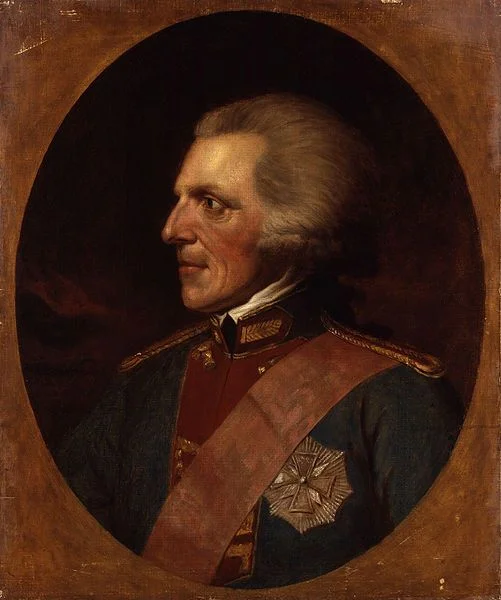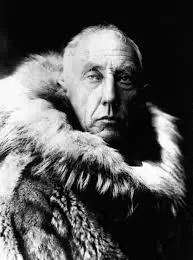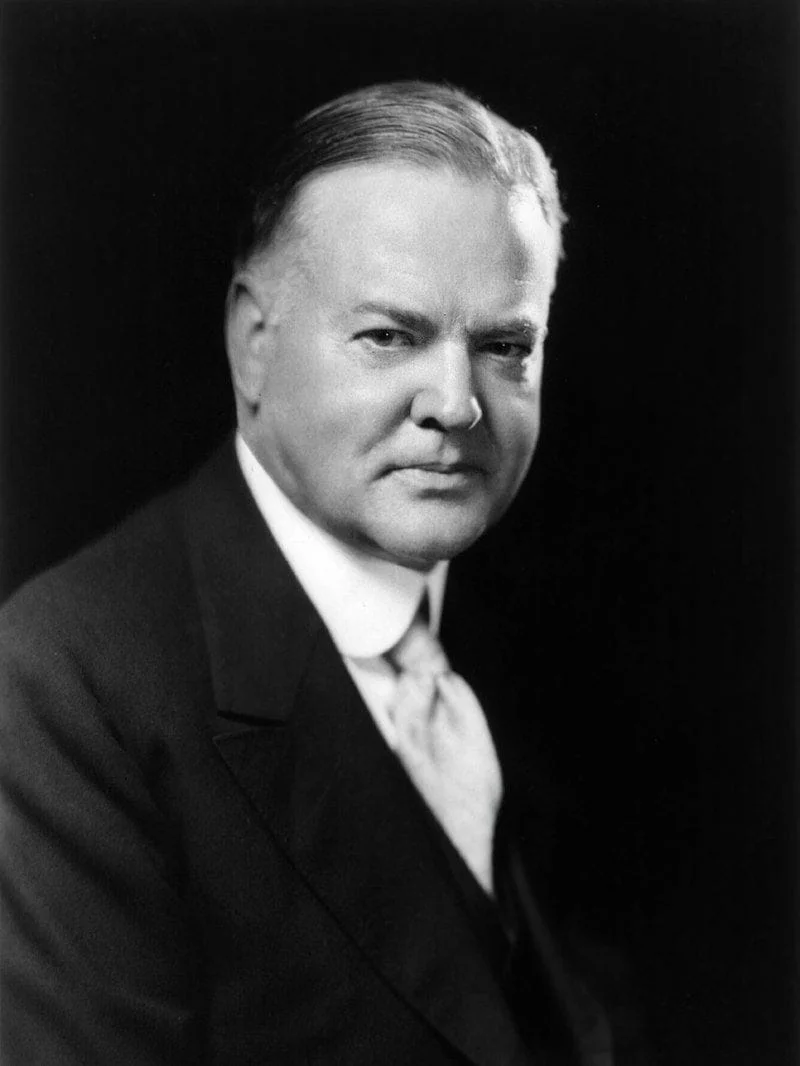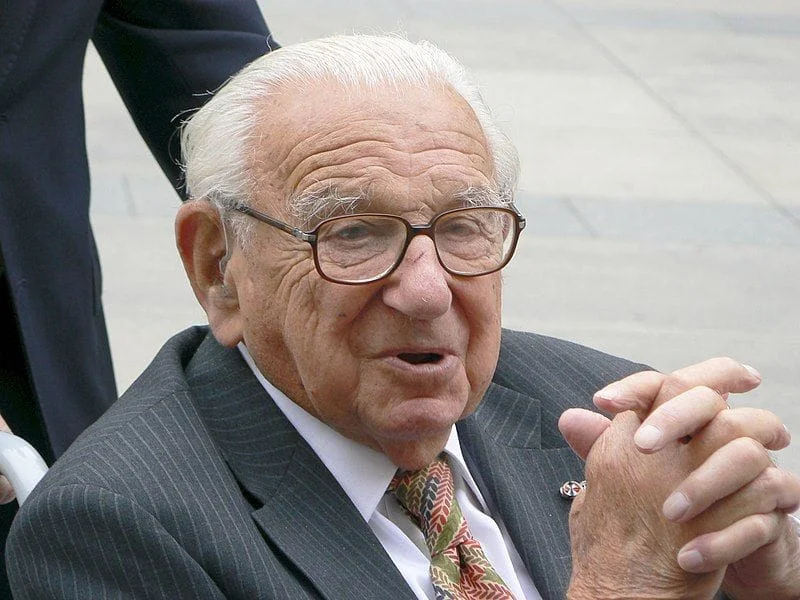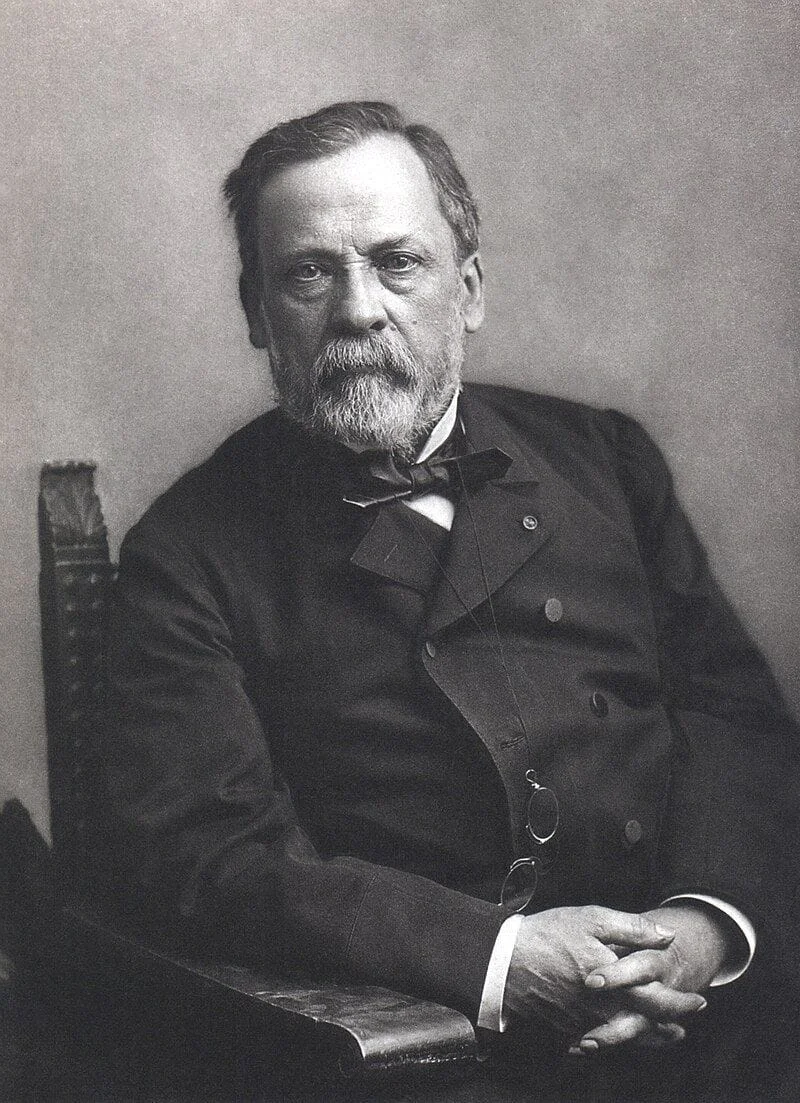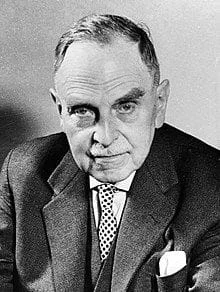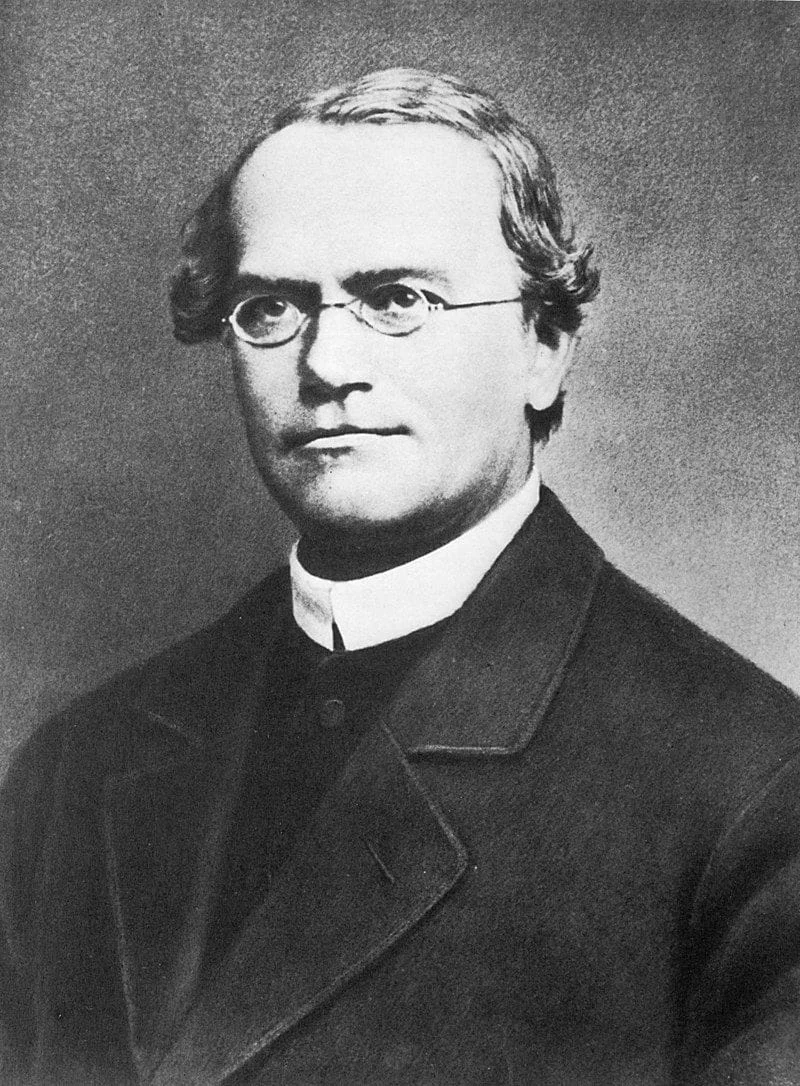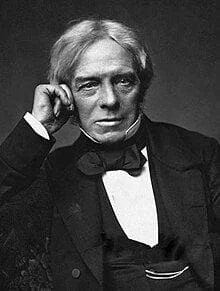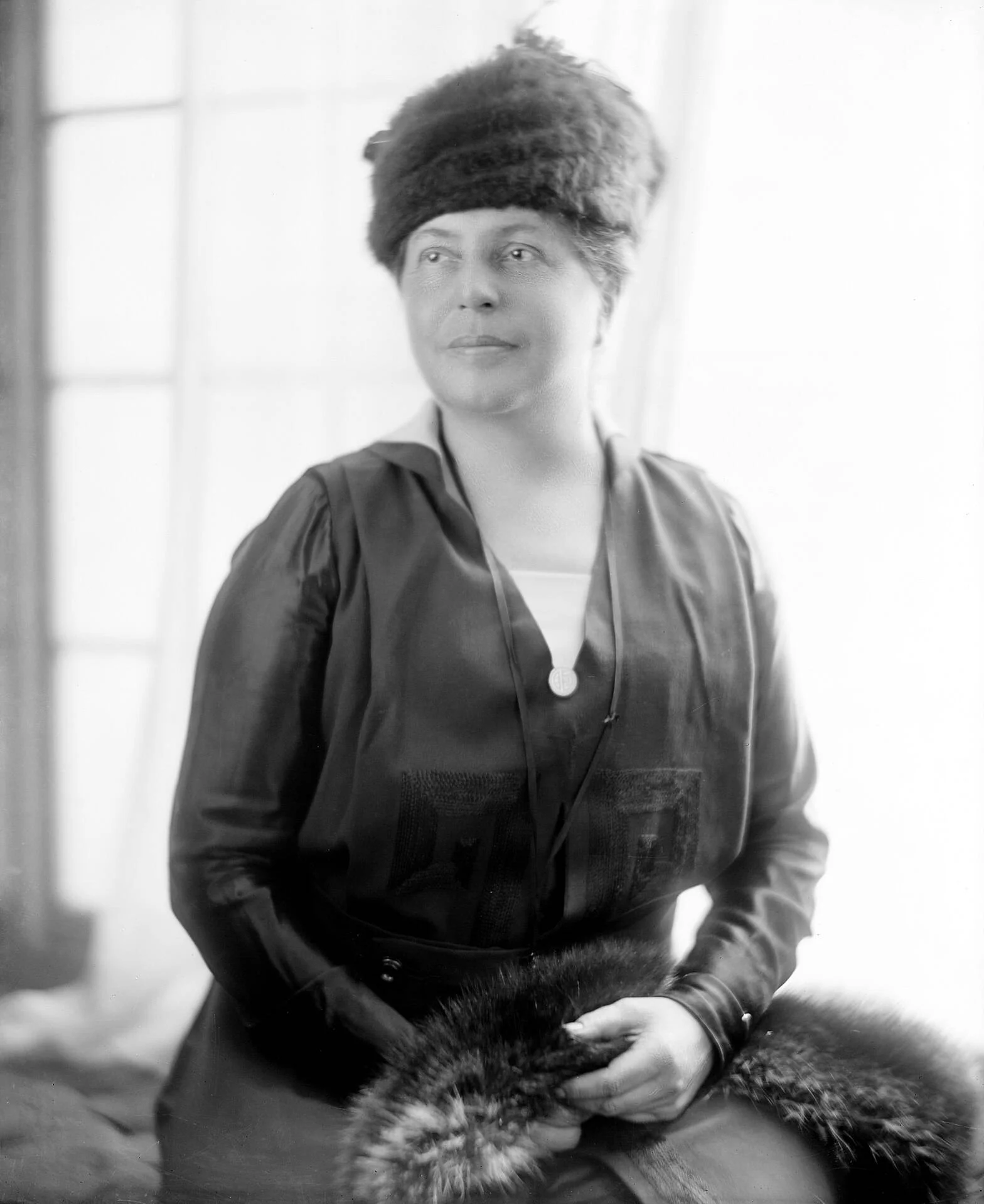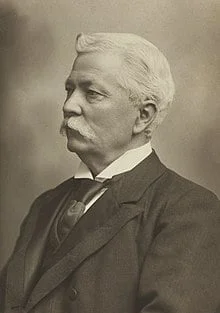Real Celebrities Never Die!
OR
Search For Past Celebrities Whose Birthday You Share
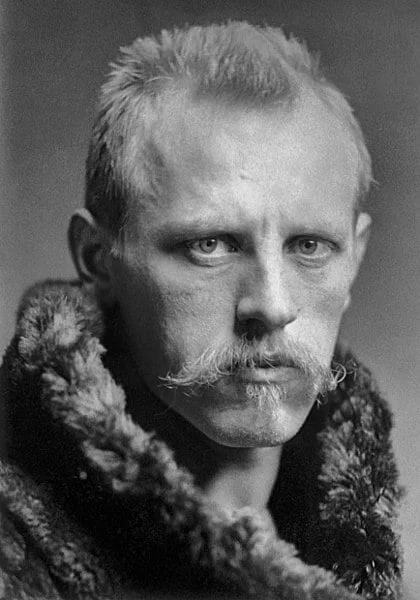
source:wikipedia.org
Fridtjof Nansen
Birthday:
10 Oct, 1861
Date of Death:
13 May, 1930
Cause of death:
Heart failure
Nationality:
Norwegian
Famous As:
Humanitarian
Age at the time of death:
68
Early Life and Education
Fridtjof Nansen was born on October 10, 1861, in Store Frøen, a suburb of Oslo, Norway. From a young age, he showed a strong interest in natural sciences, particularly zoology. In 1882, Nansen graduated with a degree in zoology from the University of Oslo, marking the beginning of a remarkable career. His early curiosity about the natural world drove him to explore new frontiers, both scientifically and geographically.
Academic Beginnings and Scientific Achievements
Fridtjof Nansen’s early academic career focused on neuroanatomy and marine biology. His research earned him recognition in scientific circles, and his doctoral thesis, completed in 1888, examined the nervous systems of lower marine organisms. This work highlighted his analytical skills and set the stage for future breakthroughs. Nansen’s contributions to biology, especially in marine research, reflected his commitment to understanding the mysteries of life in the oceans.
Arctic Exploration and the Fram Expedition
Fridtjof Nansen became world-famous through his ambitious Arctic expeditions. His most notable voyage took place from 1893 to 1896 aboard the ship “Fram”. Nansen allowed the ship to get trapped in Arctic ice, hoping it would drift close to the North Pole. Although the expedition did not reach the pole, it advanced knowledge of the Arctic region and underscored Nansen’s courage and pioneering spirit. His groundbreaking approach to exploration inspired future generations of adventurers and scientists alike.
Diplomatic Career and Humanitarian Work
After his explorations, Nansen shifted to diplomacy and humanitarianism. Following World War I, he became the League of Nations’ High Commissioner for Refugees. In this role, he worked tirelessly to help repatriate prisoners of war, alleviate famine, and address refugee crises. His efforts earned him the Nobel Peace Prize in 1922. Nansen’s commitment to helping displaced people in war-torn areas showcased his deep empathy and dedication to global humanitarian causes.
Personal Life and Resilience
In 1889, Fridtjof Nansen married Eva Sars, and together they had three children. Despite personal tragedy, including the death of their youngest daughter Liv in 1900, Nansen remained resilient. He continued to channel his grief into his humanitarian work, demonstrating his strength of character. Nansen’s personal life was a reflection of his compassion and ability to endure adversity while maintaining a focus on improving the lives of others.
Later Years and Global Legacy
In the latter part of his life, Nansen devoted himself fully to international diplomacy and advocacy for refugee rights. His efforts within the League of Nations reinforced his belief in international cooperation and the pursuit of lasting peace. Nansen’s influence extended across borders, making him a global statesman whose work helped shape international responses to humanitarian crises.
Fridtjof Nansen's Quote's
Death and Enduring Influence
Fridtjof Nansen passed away on May 13, 1930, in Oslo, Norway. His legacy as an explorer, scientist, diplomat, and humanitarian endures today. Nansen’s multifaceted contributions continue to inspire, from his daring Arctic adventures to his tireless efforts for global peace. His life and work transcend the boundaries of science and politics, leaving a lasting mark on history.
Fridtjof Nansen’s life serves as an example of what one person can achieve across multiple disciplines. His pioneering spirit, whether in Arctic exploration, scientific research, or humanitarian service, has left an indelible imprint on the world. Nansen’s legacy reminds us that the pursuit of knowledge, compassion, and international cooperation can change the course of history for the better.
Name:
Fridtjof Nansen
Popular Name:
Fridtjof Nansen
Gender:
Male
Cause of Death:
Heart failure
Spouse:
Place of Birth:
Store Frøen, Christiania, Norway
Place of Death:
Polhøgda, Lysaker, Norway
Occupation / Profession:
As a response to the refugee crisis after World War I, Nansen devised the “Nansen Passport.” This document provided legal identity and protection for stateless refugees, allowing them to cross borders and rebuild their lives.
Before becoming a renowned explorer, Nansen was an accomplished athlete. He excelled in skiing and was a champion skater. His interest in winter sports contributed to his later expeditions and understanding of Arctic conditions.
As a scientist, Nansen made significant contributions to neuroscience and oceanography, including demonstrating that sea ice forms on the surface of water rather than below
The ship used in Nansen’s Arctic expedition, the Fram, is preserved and displayed at the Fram Museum in Oslo, Norway. The museum showcases not only Nansen’s expedition but also other polar explorations.
Nansen was an advocate for Norway’s independence from Sweden. His involvement in political activism and dedication to national causes showcased his commitment to the well-being of his homeland.
Nobel Peace Prize
As the League of Nations’ High Commissioner for Refugees following World War I, Nansen played a crucial role in humanitarian efforts.




